Have you ever encountered a situation where your trailer brake lights stopped working when the running lights were on? This is a common problem among trailer owners, and it can be frustrating and dangerous. The brake lights are essential to let other drivers know when you are braking, and without them, you are putting yourself and others at risk. In this article, we will discuss the possible causes of this problem and how to fix it.
Table of Contents
The Importance of Trailer Brake Lights
When it comes to towing a trailer, there are a lot of things you have to keep in mind. One of the most important aspects of towing is ensuring that the brake lights of your trailer are properly functioning. They are highly important for the safety of not only the driver of the trailer but also the people on the road around you. [2]
Visibility on the road
Other drivers can easily see the actions of the vehicle towing the trailer due to its brake lights. If they are not working, drivers behind the vehicle won’t know when the driver is braking or slowing down, leading to confusion and increased risk of rear-end collisions.
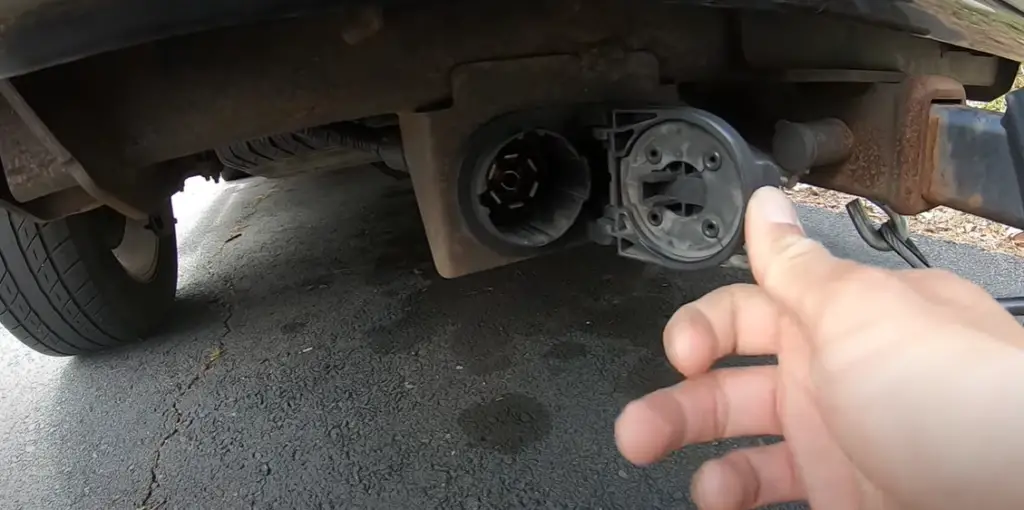
Legal Compliance
In most countries, including the United States, it is a legal requirement for brake lights to be present and operational on trailers. Failing to comply with these regulations may lead to hefty fines and penalties.
Reduced Liability
Properly functioning brake lights will reduce the liability for any accidents that may occur while towing the trailer. In the event of an accident, malfunctioning trailer brake lights may be seen as negligent.
Enhanced Safety on the Road
Properly functioning brake lights not only provide visibility to other drivers but also enhance safety on the road. Suppose the brake lights are not in good condition, other drivers may not perceive the urgency of the braking vehicle, possibly leading to accidents. [1]
Maintenance
Trailer brake lights should be checked regularly to ensure that they are functioning correctly. Maintenance is essential to ensure that all brake lights are active and not burnt out, significantly increasing the overall safety of the vehicle and its cargo.
Trailer brake lights are crucial safety features that should never be neglected while towing. In addition to their legal compliance, they also provide visibility to other drivers, reduce liability, enhance safety, and require maintenance. As responsible drivers, we are accountable for making sure all the aspects of the vehicle are functioning correctly and safely on the road. So, the next time you’re out on the road, remember to check your trailer brake lights and ensure that they are properly functioning. Stay safe, and happy towing!
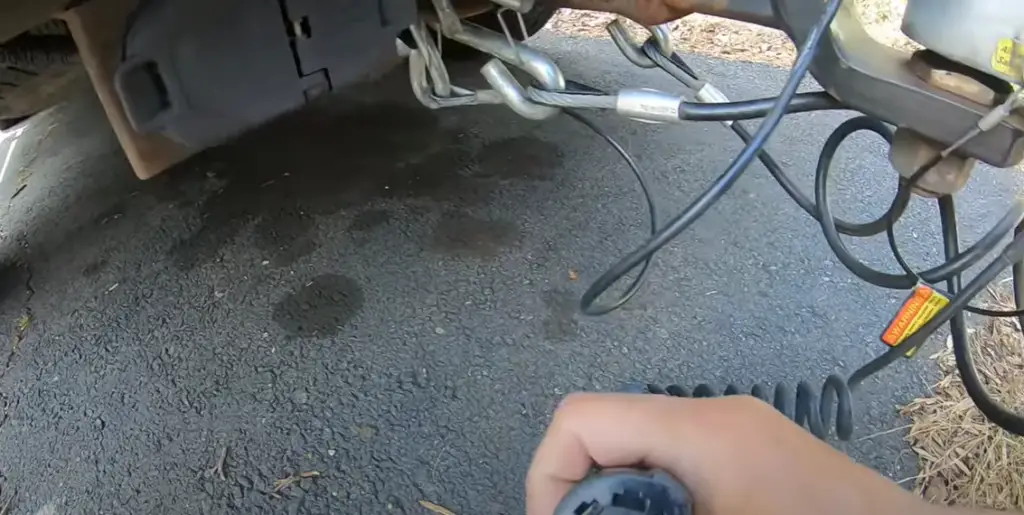
Common Reasons Why Brake Lights Don’t Work
If you’re a trailer owner, you understand the importance of brake lights. When brake lights fail, it puts not only your safety on the road at risk but also those around you. There are several reasons why this can happen, and in this post, we’ll discuss the most common ones. By better understanding the cause, you can fix the issue and ensure you’re meeting safety standards.
- Wiring Issues:
Poor wiring can cause the light to fail to respond, this could be due to a bad connection or a broken wire. It’s important to regularly inspect your trailer wiring for signs of wear or damage. Without proper wiring, electrical signals don’t reach the bulbs, which leads to brake lights that do not light up when you brake. A failed wiring connection can likewise cause brake lights to flicker and dim, which can be dangerous.
- Faulty Fuses:
The primary purpose of fuses is to protect the trailer’s electrical system from overloading. While often overlooked, a blown fuse can be a culprit as to why trailer brake lights do not turn on. A broken fuse means that the electrical signals are not reaching the brake lights. [3]
- Broken Bulbs:
Like your vehicle lights, trailer brake lights are subject to wear and tear. It’s simple to change bulbs that need to be replaced with new ones. When checking the bulbs, make sure to remove them and check for signs of cracks, burn marks, or dust accumulation. Ensure it’s the correct bulb for your trailer, as using the wrong size or type of bulb can cause issues. [3]
- Brake Light Switch:
If the brake pedal fails to trigger the brake lights, the switch may be broken. The brake light switch is responsible for sending an electrical signal that powers the brakes lights when engaged. A broken brake light switch will prevent the electrical signal from reaching the light bulbs, resulting in faulty brake lights.
- Corroded Connectors:
Trailer connectors often corrode due to exposure to the elements, including salt and humidity. Corrosion can weaken the connector’s electrical conductivity, causing the lights to fail. It’s essential to clean and maintain the connectors well to prevent corroding and ensure optimal electrical performance.
Having non-functional trailer brake lights can be a major safety hazard. Don’t wait until an accident occurs; take the necessary steps to ensure your brakes, bulbs, wiring, switch, and connectors are in perfect working condition. Always check for proper functionality before driving your trailer. By following these tips, you’ll be safer on the road and minimize the risk of accidents.
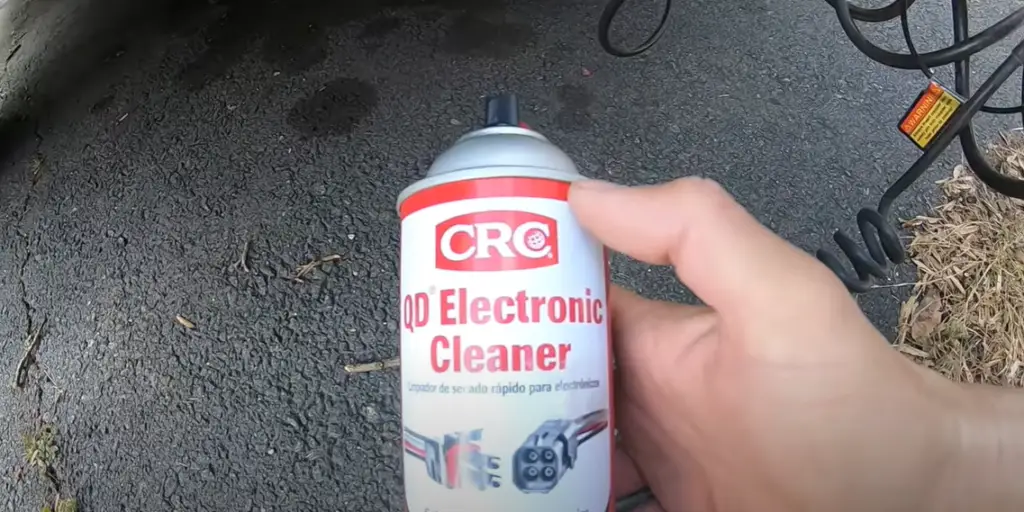
How To Fix: a Step-By-Step Guide
Did you just hitch your trailer to your truck and found out the brake lights don’t work? A faulty brake light on your trailer can be a severe safety hazard, increasing the risk of a serious accident. It is therefore essential that you troubleshoot and get it fixed as soon as possible.
Step 1: Check the Wiring Connection
The first thing to do when troubleshooting your trailer brake light is to check the wiring connection. Locate the cables running from the brake light inside the trailer and check to see if any of them are corroded, frayed, or disconnected. Use a multimeter to test the wires and identify the problem.
Step 2: Check the Light Bulb
If you find that the wiring connections are okay, then next, you should check the light bulb. In most cases, the reason for not working brake lights is the bulb that is blown out. Remove it and test it with a multimeter.
Step 3: Check the Fuse Box
Your trailer brake light relies on a fuse to work correctly. Check the fuse box and locate the fuse related to the brake light. If it is blown out, replace it with a new one.
Step 4: Check the Brake Controller
Another potential problem could be with the brake controller. If the brake controller is faulty, it can cause your trailer brake lights not to work. Check the brake controller’s wiring and test it using a brake controller tester to ensure it is in good working condition.
Step 5: Consult an Expert
If you have tried all these troubleshooting steps and still can’t get your trailer brake lights to work, it’s time to consult an expert. It’s an excellent idea to let a professional electrician or mechanic look at it.
Trailer brake light problems are a significant safety issue that should not be ignored. You can troubleshoot and fix most of the brake light problems you experience, but if unsuccessful, always consult an expert. Safety should be your top priority when it comes to towing your trailer; don’t compromise on it. Follow the steps outlined above on your next journey, and ensure your trailer brake lights are in good working condition.
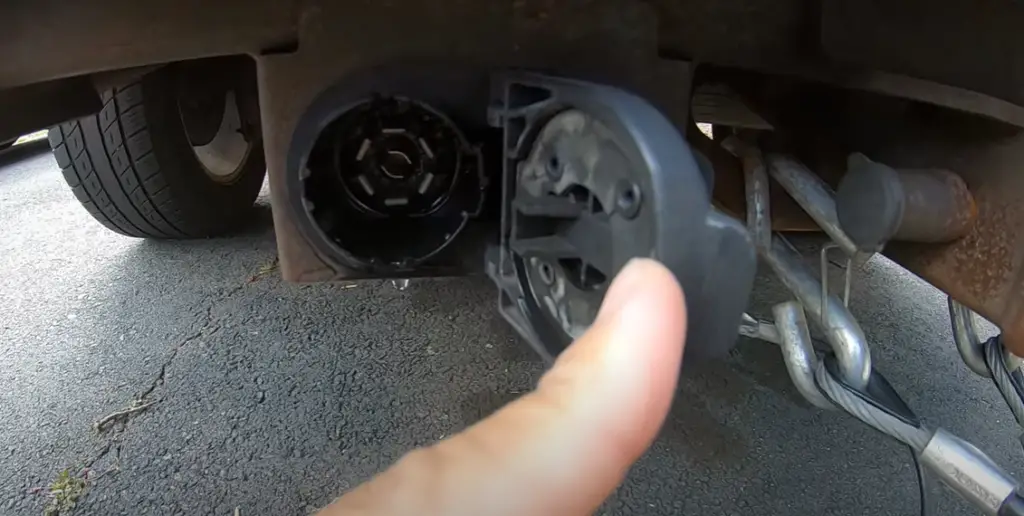
Connection Between Brake Lights And Turn Signal
Have you ever wondered why brake lights and turn signals are combined into one unit in most vehicles? These two features serve unique functions, but they share a common wiring system that connects them to the same bulb.
First, it’s essential to understand that they use the same bulb but function differently. When a driver applies the brakes, the brake light illuminates, informing the driver behind to stop. On the other hand, when a driver activates the turn signal, the corresponding signal light blinks for a few seconds, indicating the direction of the intended turn.
The wiring of both features depends on the combination switch present in the steering column. When a driver activates the turn signal, the switch sends an electrical signal through a module or relay, which then causes the corresponding turn signal to blink. When the lights should be braked, the brake pedal switch sends an electrical signal to the brake controller. The controller then functions to apply the brakes and light up the brake lights, warning drivers behind you to stop.
When these two features are combined into one unit, there is a risk of malfunction. For instance, when the wiring is faulty, the brake lights may illuminate when a driver activates the turn signal, or the turn signal light may fail to blink. This issue typically arises when a faulty bulb or a malfunctioning switch is present. Wiring problems may also occur due to corroded connections, damaged wiring, or faulty relays.
It’s recommended that you check your vehicle’s wiring and replace faulty components. If you notice a malfunction, visit your trusted mechanic immediately for repair. Better yet, have your vehicle frequently inspected to catch potential issues before they turn into major problems.
The connection between these two is essential for every driver to understand. By checking your vehicle’s wiring and ensuring that your brake lights and turn signals work correctly, you can help keep yourself and other drivers safe on the road. Remember that combining these two features into a single unit is necessary for better communication and fewer parts in the car, but it also increases the risk of malfunction. Keep your vehicle in top working condition by regularly checking your lights and wiring. Stay safe, stay careful!
How to Maintain Brake Lights Correctly
Brake lights are an important aspect of your vehicle’s safety features. They communicate to other drivers when you are slowing down or coming to a stop. Failing to maintain or take care of your brake lights can not only result in a fine, but also put you at risk for accidents. Here, we will discuss some tips and tricks for taking care of your brake lights so you can stay safe on the road.
- Inspect your brake lights regularly
A simple and effective way to ensure your brake lights are in good condition is to regularly inspect them. Turn on your headlights and walk around your vehicle, making sure that all three brake lights are working properly. If you notice any bulbs are out, replace them as soon as possible.
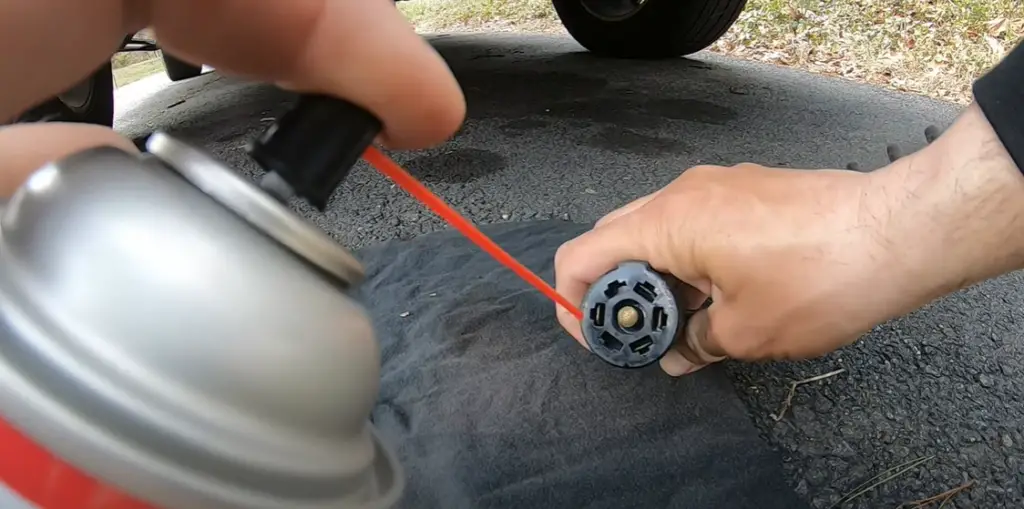
- Keep them clean
Dirt and grime can accumulate on the surface of your brake lights over time, making them less visible and reducing their effectiveness. To prevent this, clean your brake lights regularly with soap and water. For tougher grime, use a specialized glass cleaner to ensure that your lights are shining bright.
- Avoid touching the bulbs
Your brake light bulbs are delicate and greasy fingerprints can shorten their lifespan. When replacing bulbs, avoid touching the glass surface and wear gloves if possible. Make sure you replace the bulb with the correct wattage and size.
- Consider upgrading your brake lights
If you find that your brake lights aren’t as bright as you’d like them to be, upgrading your brake light bulbs can be a good investment. LED lights are a popular choice since they are brighter, last longer, and use less energy than traditional bulbs. However, be sure to check your local regulations before switching out your bulbs, as there may be restrictions on the type of bulbs that are allowed on public roads.
- Pay attention to dashboard warnings
Modern cars are equipped with advanced safety features, including automatic warnings when the brake lights are malfunctioning. When this happens, make sure to take your car to a professional to have it checked out. Ignoring dashboard warnings can result in safety risks and costly repairs in the future.
In conclusion, taking care of your brake lights is crucial for your safety and the safety of others on the road. Regular inspection, cleaning, avoiding touching the bulbs, upgrading to LED lights, and paying attention to dashboard warnings are all ways to ensure your brake lights are in good working condition. By following these tips, you can have peace of mind and enjoy a safer driving experience. Remember, when it comes to your brake lights, prevention is always better than cure!
FAQ
Why doesn’t my brake light work with the lights on?
If you notice that your brake light doesn’t light up when you engage the brakes, there could be several potential reasons. The three most common causes are a blown fuse, a faulty brake light switch, or a malfunctioning relay. The first step in determining the cause of the problem is to check your car’s owner’s manual to locate the fuse box. If the fuse controlling the brake lights has blown, it will need to be replaced.
If the fuse is not the issue, you’ll need to test the brake light switch as it’s a common culprit. You can do this by checking the wiring diagrams in your car’s owner’s manual and following the instructions provided carefully. The steps may vary depending on your vehicle’s model, but it generally involves accessing the brake pedal switch and using a multimeter to test for continuity. If the switch is malfunctioning, it will need to be replaced.
How can I activate my trailer brakes?
To activate your trailer brakes, you’ll require an electric brake controller, which should be installed in your towing vehicle. The controller’s purpose is to transform the electrical brake signal from your vehicle to your trailer’s brakes. Before towing your trailer, you need to ensure that you have set the brake controller to the appropriate setting based on the trailer’s weight. Always refer to the installation and operating manual of your controller to set this correctly.
Why are my trailer brake lights not working if they have power?
The most common reason why your trailer brake lights are not working even if they have power is a faulty ground connection. The trailer lights rely on a good ground connection to function properly, so if the ground connection is not working, the lights won’t turn on. To fix this, you can check the ground wire and ensure that it is properly connected to the trailer frame.
How can I test my trailer brake switch?
To test your trailer brake switch, you need to have a multimeter. First, connect the multimeter to the switch and set it to measure resistance. Then, press the brake pedal and check if the switch is sending a signal to the brake controller. You should see a change in resistance when you press the pedal, indicating that the switch is working properly. If there is no change in resistance, it means that the switch is faulty and needs to be replaced.
Useful Video: Trailer Brake Lights or Turn Signals NOT Working – TRY THIS
Conclusions
In conclusion, remember, your trailer brake lights are essential for the safety of yourself and others on the road, so ensure that they are working correctly. If you are experiencing any of the issues we discussed in this article, we recommend that you address them promptly. By troubleshooting and fixing these issues, you’ll be ensuring that your brakes are functioning correctly and reducing the risk of accidents or collisions. We hope this article provided you with the necessary information to troubleshoot and fix any brake-related issues you may have encountered. Stay safe out there!
References:
- https://www.trailertek.com/blog/post/a-trailertek-guide-to-trailer-lights#:~:text=Brake%20lights%20give%20a%20warning,may%20obstruct%20them%20from%20view.
- https://www.fourwindstrailers.com/blog/trailer-lights/#:~:text=Trailer%20lights%20are%20required%20to,the%20road%20at%20all%20times.
- https://auto.howstuffworks.com/auto-parts/brakes/brake-tests/how-to-test-brake-lights.htm#:~:text=If%20one%20or%20more%20of,issues%20are%20easy%20to%20troubleshoot.

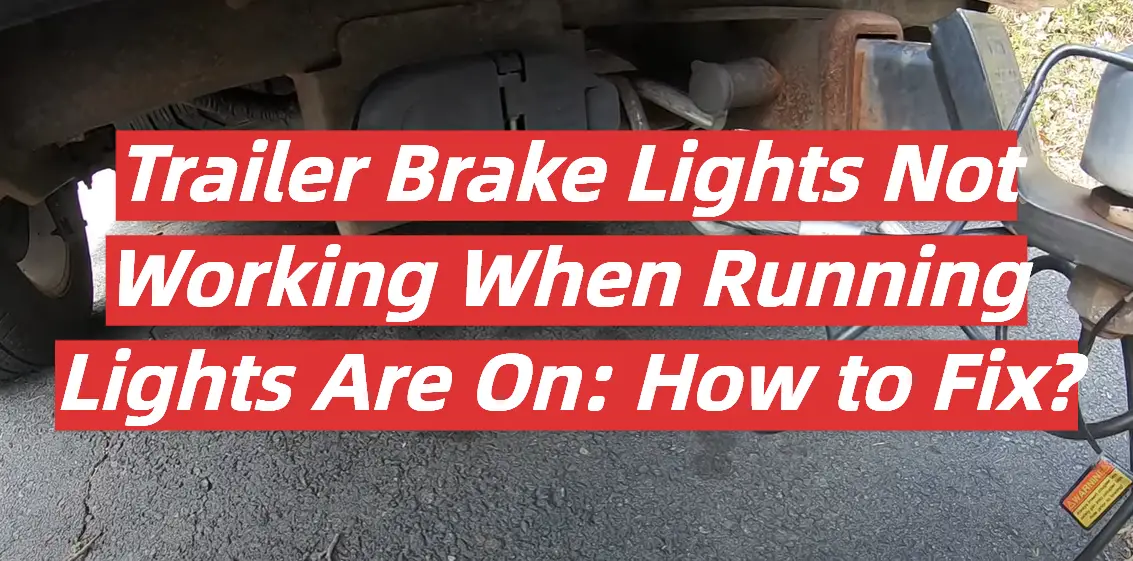
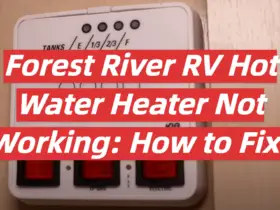
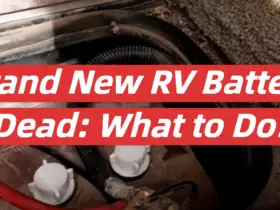
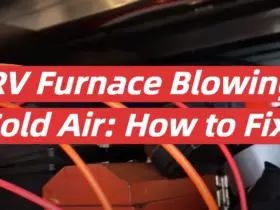
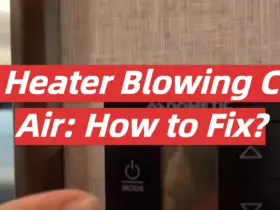
Leave a Reply